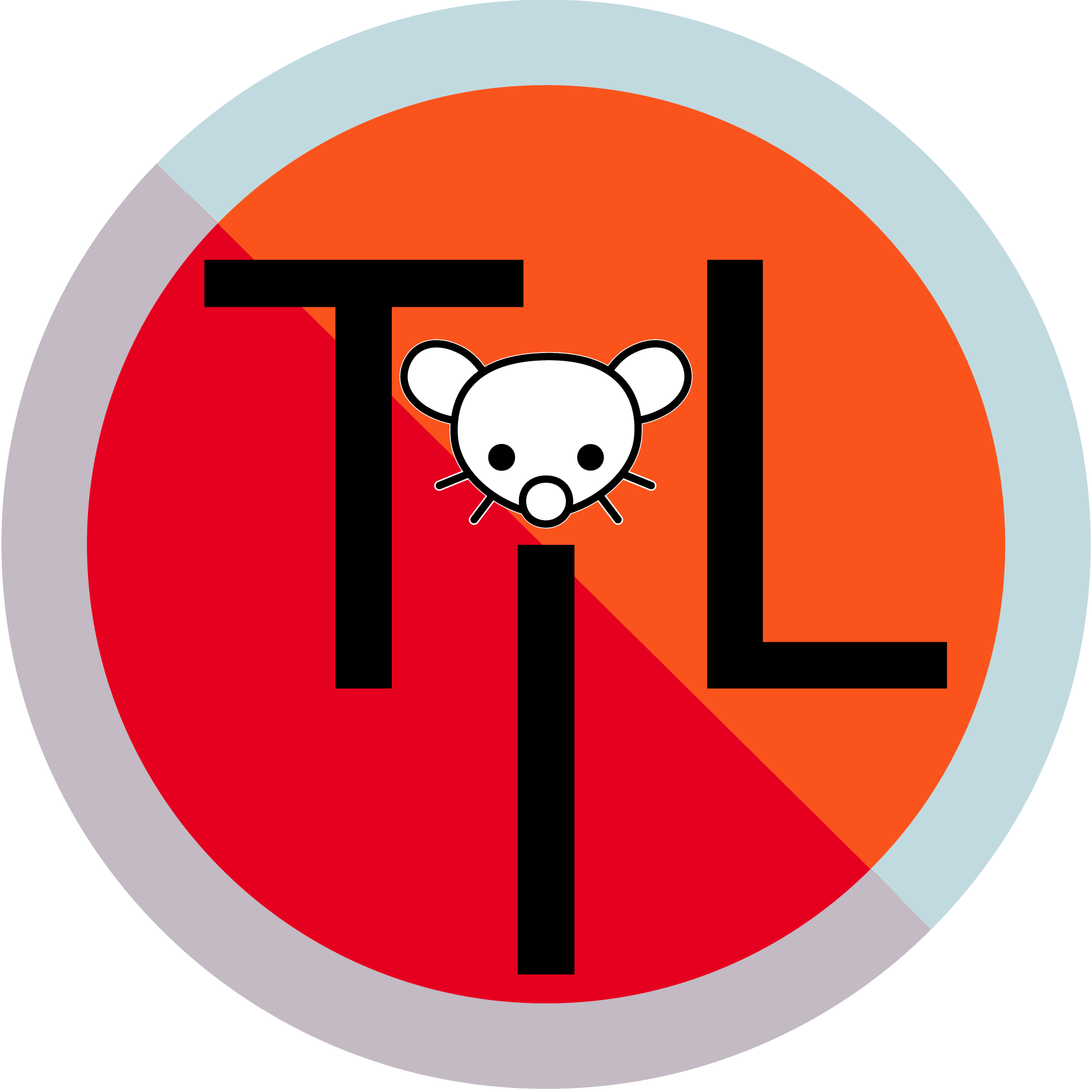I’m sure those folks that took the Louvre aint waiting on no manager to unlock deodorant at CVS.
- 0 Posts
- 76 Comments

 80·24 days ago
80·24 days agoI asked a buddy that works at Amazon about the outage and he pointed me to this article.
https://www.theregister.com/2025/10/20/aws_outage_amazon_brain_drain_corey_quinn/
I know quite a few people who currently work there and pretty much all of them are trying to leave.
Hol up, DS is now old enough to be considered retro‽
Why does my back hurt so much? Unrelated I’m sure.

 1·25 days ago
1·25 days agoA person I know (and don’t particularly like) created a start up on this idea a couple of years ago already. It’s creepy AF.

 3·2 months ago
3·2 months agoI’ve already seen the taking point showing up on the right that the “… and domestic” part applies to the “antifa terrorists turning our cities into war zones and besieging federal (especially ICE) buildings.”
It’s a huge problem in any industry. https://en.m.wikipedia.org/wiki/Wells_Fargo_cross-selling_scandal

 14·2 months ago
14·2 months agoSometimes it isn’t even media literacy. I’ve known several nuero divergent people over the years who can have a hard time understanding sarcasm in person unless the person being sarcastic is really over doing it. They have no chance differentiating sarcastic and serious if it’s written.

 2·2 months ago
2·2 months agoI’ve got one of these and it’s super easy and convenient. https://wandp.com/products/the-popper-microwave-popcorn-popper
Just drop in some loose kernels and microwave.
I also cook on the stove top with a large pan, it’s not hard at all.
I think I had to step away for a few minutes after that
It’s pretty different from the other games listed so far, but I’ll toss it a recommendation for Oxenfree. At least for me, that game did oppressive creepy atmosphere better than just about any other I’ve played. When it first came out we were dealing with a massive heatwave and I would be shivering while playing it in a 100f+ apartment.
An older one I always really like as well was the very first F.E.A.R. game.
 1·3 months ago
1·3 months agoAsparagus. Lots of asparagus.
I worked a retail job many years ago where store management even told employee they couldn’t leave the building during their 30 minute break since “there wasn’t enough time and you’d be late coming back.”
The companies legal department set the record straight on that one when they caught wine of it but I’m pretty sure there were never any consequences for the management.

 1·3 months ago
1·3 months agoSupply side Jesus, but unironically.

 42·3 months ago
42·3 months ago“Oh but it’s not going to effect them at all because you see, they’re using absentee ballots which are a totally different and completely secure thing.”
Actual talking point I’ve seen floating around already.
It’s pretty hard to overstate just how many addresses are in the ipv6 address space vs ipv4.
One of my favorite descriptions comes from Beej’s guide to network programming, something I first read probably in the early to mid 2000s. https://beej.us/guide/bgnet/html/#ip-addresses-versions-4-and-6
3.1 IP Addresses, versions 4 and 6 In the good old days back when Ben Kenobi was still called Obi Wan Kenobi, there was a wonderful network routing system called The Internet Protocol Version 4, also called IPv4. It had addresses made up of four bytes (A.K.A. four “octets”), and was commonly written in “dots and numbers” form, like so: 192.0.2.111.
You’ve probably seen it around.
In fact, as of this writing, virtually every site on the Internet uses IPv4.
Everyone, including Obi Wan, was happy. Things were great, until some naysayer by the name of Vint Cerf warned everyone that we were about to run out of IPv4 addresses!
(Besides warning everyone of the Coming IPv4 Apocalypse Of Doom And Gloom, Vint Cerf14 is also well-known for being The Father Of The Internet. So I really am in no position to second-guess his judgment.)
Run out of addresses? How could this be? I mean, there are like billions of IP addresses in a 32-bit IPv4 address. Do we really have billions of computers out there?
Yes.
Also, in the beginning, when there were only a few computers and everyone thought a billion was an impossibly large number, some big organizations were generously allocated millions of IP addresses for their own use. (Such as Xerox, MIT, Ford, HP, IBM, GE, AT&T, and some little company called Apple, to name a few.)
In fact, if it weren’t for several stopgap measures, we would have run out a long time ago.
But now we’re living in an era where we’re talking about every human having an IP address, every computer, every calculator, every phone, every parking meter, and (why not) every puppy dog, as well.
And so, IPv6 was born. Since Vint Cerf is probably immortal (even if his physical form should pass on, heaven forbid, he is probably already existing as some kind of hyper-intelligent ELIZA15 program out in the depths of the Internet2), no one wants to have to hear him say again “I told you so” if we don’t have enough addresses in the next version of the Internet Protocol.
What does this suggest to you?
That we need a lot more addresses. That we need not just twice as many addresses, not a billion times as many, not a thousand trillion times as many, but 79 MILLION BILLION TRILLION times as many possible addresses! That’ll show ’em!
You’re saying, “Beej, is that true? I have every reason to disbelieve large numbers.” Well, the difference between 32 bits and 128 bits might not sound like a lot; it’s only 96 more bits, right? But remember, we’re talking powers here: 32 bits represents some 4 billion numbers (232), while 128 bits represents about 340 trillion trillion trillion numbers (for real, 2128). That’s like a million IPv4 Internets for every single star in the Universe.
My friends Dad had this game back when I was a youngster. For the longest time we thought the trivia was the game.

 2·4 months ago
2·4 months agoMy favorite one I’ve seen so far was “AI can take a junior programmer and make them a 10x junior programmer.”




ArnoldC is still my favorite of these :D https://lhartikk.github.io/ArnoldC/